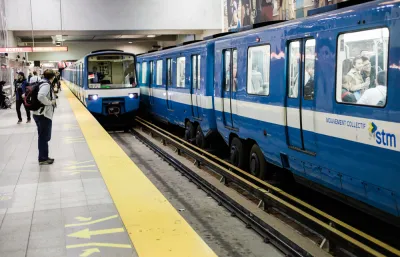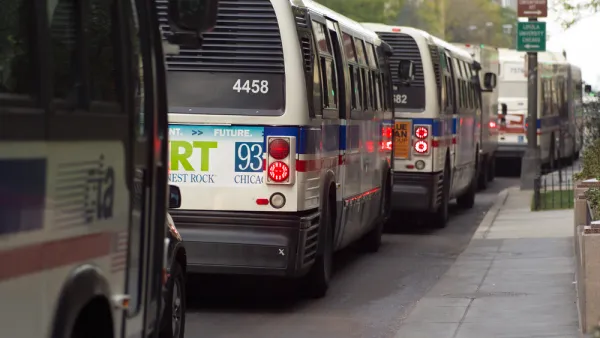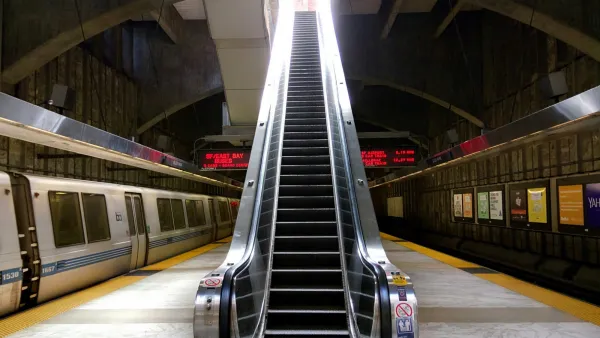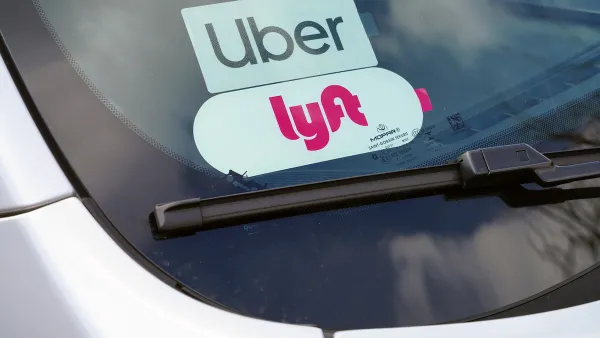"Canada looks a lot like much of the US, in terms of economic types, city sizes and ages, development patterns," Jarret Walker says. So why can't Americans keep pace with Canadian public transit?

Transit ridership is falling. The growth of ride share, low fuel costs and increased car ownership are all likely part of the reason, but it's possible to grow transit in this climate. "But notice the big picture: In a year when urban transit ridership fell overall in the US, it rose in Canada," Jarret Walker writes.
Canada is doing some things notably differently than the United States is, Walker writers: "Canadian cities just have more service per capita than the most comparable US cities. This results in transit networks that remain more broadly useful in the face of competition from other modes." Vancouver, where transit ridership has grown more than any other city in either country can be a particularly instructive example with its concentration of development around transit stations and prevalence of higher gas prices. "Notably, ride-hailing services like Uber and Lyft are not available in Vancouver due to provincial legislation," Walker adds.
To the United States, Canada is the "least foreign country" Walker argues. Americans should be looking to make their cities more like their Canadian counterparts.
FULL STORY: Why Does Ridership Rise or Fall? Lessons from Canada

National Parks Layoffs Will Cause Communities to Lose Billions
Thousands of essential park workers were laid off this week, just before the busy spring break season.

Retro-silient?: America’s First “Eco-burb,” The Woodlands Turns 50
A master-planned community north of Houston offers lessons on green infrastructure and resilient design, but falls short of its founder’s lofty affordability and walkability goals.

Delivering for America Plan Will Downgrade Mail Service in at Least 49.5 Percent of Zip Codes
Republican and Democrat lawmakers criticize the plan for its disproportionate negative impact on rural communities.

Test News Post 1
This is a summary

Test News Headline 46
Test for the image on the front page.

Balancing Bombs and Butterflies: How the National Guard Protects a Rare Species
The National Guard at Fort Indiantown Gap uses GIS technology and land management strategies to balance military training with conservation efforts, ensuring the survival of the rare eastern regal fritillary butterfly.
Urban Design for Planners 1: Software Tools
This six-course series explores essential urban design concepts using open source software and equips planners with the tools they need to participate fully in the urban design process.
Planning for Universal Design
Learn the tools for implementing Universal Design in planning regulations.
EMC Planning Group, Inc.
Planetizen
Planetizen
Mpact (formerly Rail~Volution)
Great Falls Development Authority, Inc.
HUDs Office of Policy Development and Research
NYU Wagner Graduate School of Public Service





























